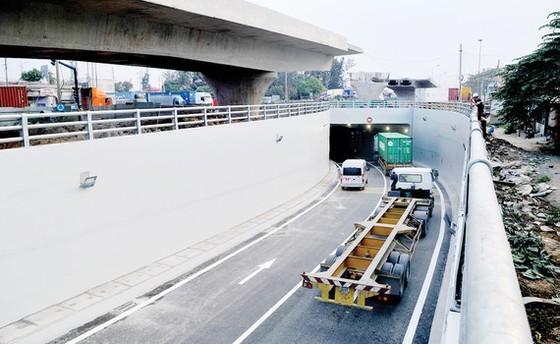
However, it will take a lot of time so that the southern metropolitan can achieve the urban traffic standard. So far, the road ratio has been around 8 percent in the city while it needs 24 percent to 26 percent.
Worse, the ratio of the length of the country's total roads and bridges network in the city is just 2 kilometers per one square kilometer while it must be 10-13 kilometers per one square kilometer; furthermore, many roads have the width of 7 meters.
The figure has shown that land fund and investment in traffic infrastructure are not adequate. Moreover, it requires more investment in traffic infrastructure for a big city like Ho Chi Minh City.
Therefore, major traffic projects including ring belts 2,3 and 4, My Thuy intersection, An Phu intersection, roads around Tan Son Nhat International Airport’s premises streets Hoang Huu Nam, Tan Son, Tan Ky – Tan Quy are top priorities. The city must complete these project as soon as possible.
Last but not least, the city must speed up construction of expressway HCMC - Moc Bai in the Southern Province of Tay Ninh, upgrade of the national highways No.1, No. 13, No. 50,and No.22.
With regard to metro, the metro No.1 is under construction while the city is going to underway the metro No.2 and investment procedures should be finished as soon as possible.
Traffic is vital because it not only facilitates travelling but also takes part in promoting a society’s economic growth and transporting commodities conveniently.
It requires a big sum of money for traffic infrastructure while the city’s budget is limited. Therefore, it should call for social contributions and construction of roads and bridge should be under public–private partnership. The city should adopt several solutions for investment in traffic infrastructure in addition to the development of public transportation and personal vehicle limitation.
























